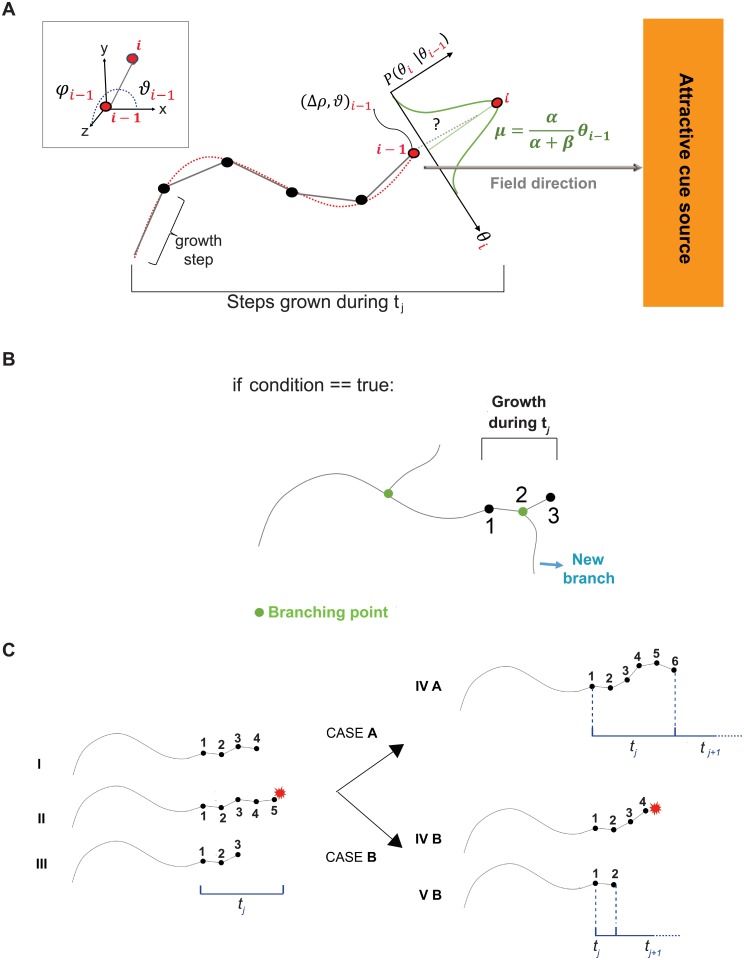Fig 1. 3D mathematical model of individual axon growth.
(A) The axon elongates step by step (grey segments), each step being delimited by the current point in space i and the previous one, i − 1. Each ith new step is described by its spherical coordinates (Δρ, ϑ, φ) (represented in 2D for simplicity; see upper left corner for a 3D view), and placed after the previous position i − 1. The exact position of the ith point is defined (in 2D) by , which is drawn from a conditional Normal probability distribution (in green). The most probable value (mean of the distribution (μ)) considers the directions of the last step i − 1 and of the attractive field, each contribution weighted by α and β respectively. For each time unit tj, a maximum number of steps (nmax) is allowed. (B) Algorithmic implementation of branch generation. During tj, a certain number of growth steps are performed (3 in this schematic representation). At the end of tj, a certain “condition” is evaluated and, if true, a branch point is placed at the axon tip, or at any other step performed during tj (step 2). (C) Step by step axon growth scheme during tj considering physical interactions. The axon elongates of n steps (I), until it encounters a mechanical constraint (II) and retracts (III). During the same time interval tj, it will re-try to reach nmax steps (6 in this example). If no other mechanical constraint is encountered (CASE A), the axon will advance to reach nmax steps. If, on the contrary, another mechanical constraint is encountered (CASE B), the axon will retract again and stop its growth until the next time point (tj+1). In this case, the total growth during tj is then smaller than nmax steps.

